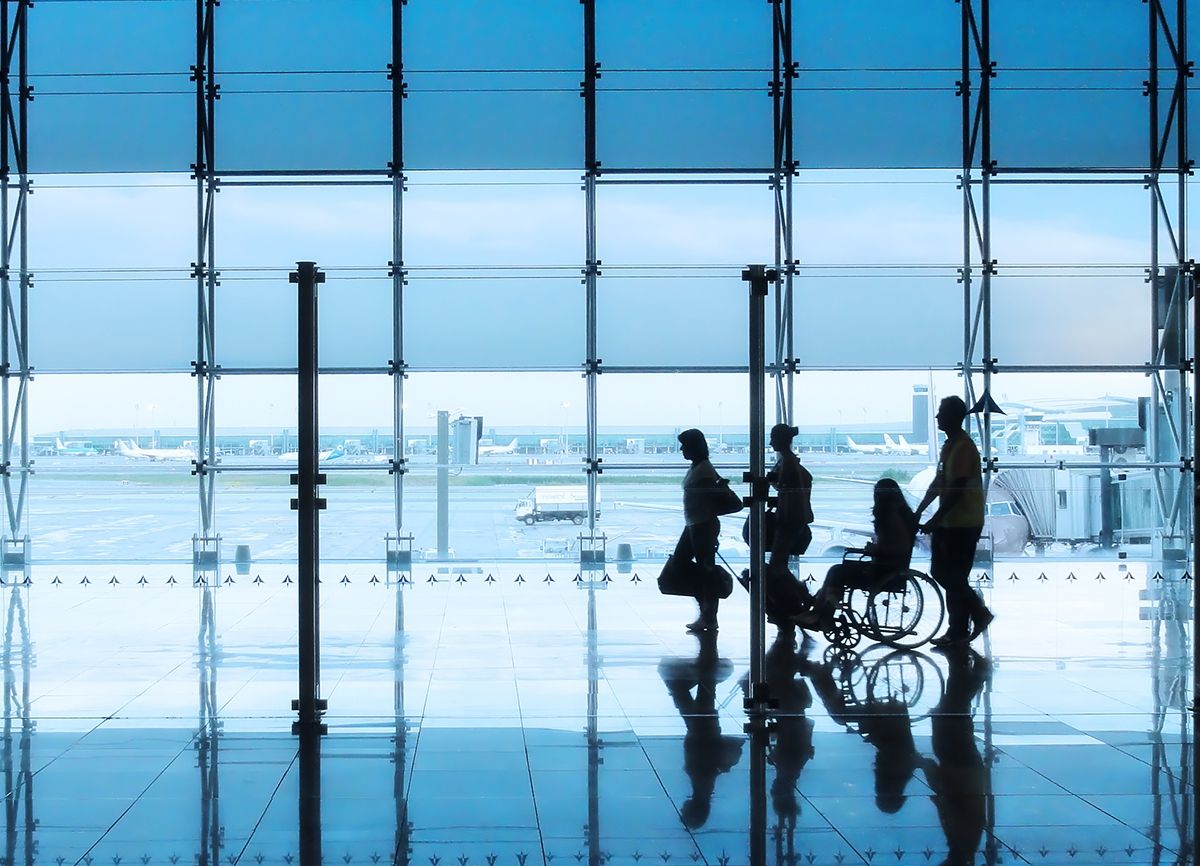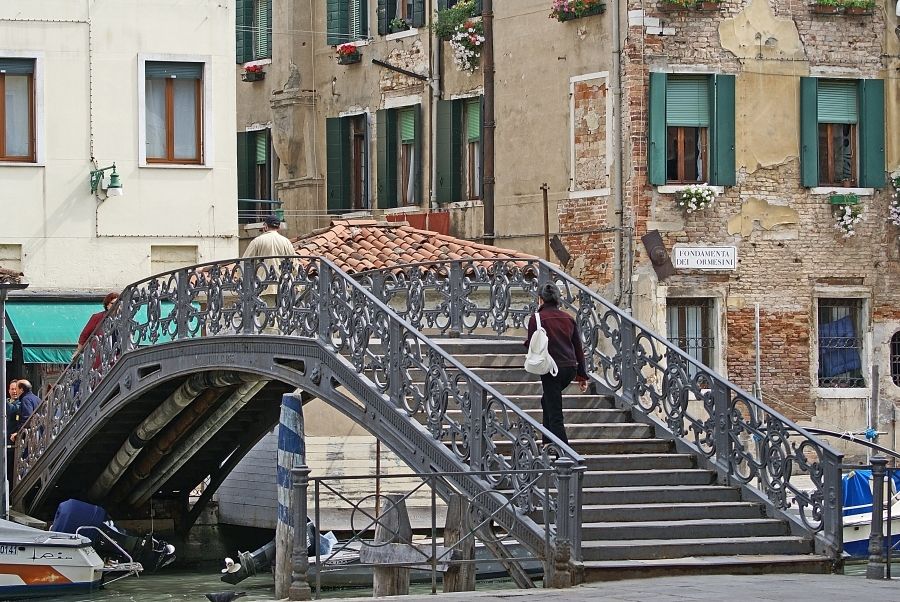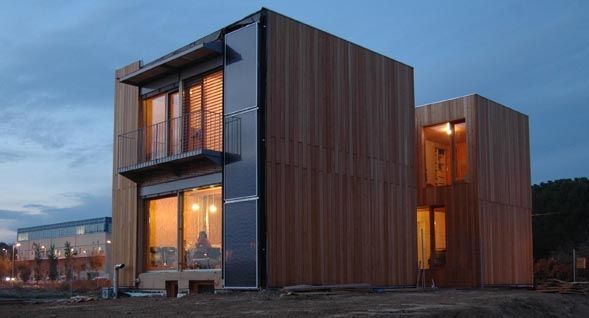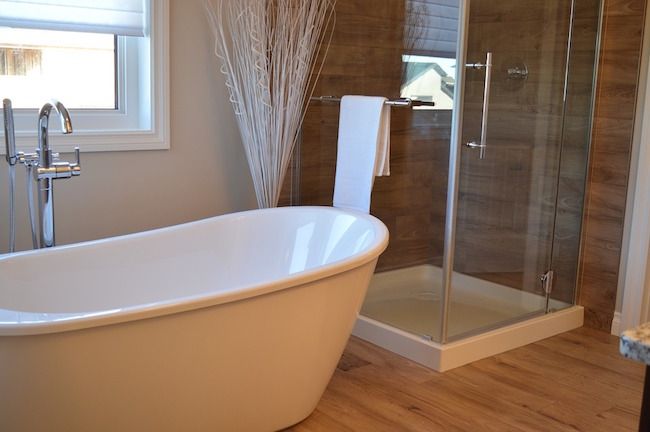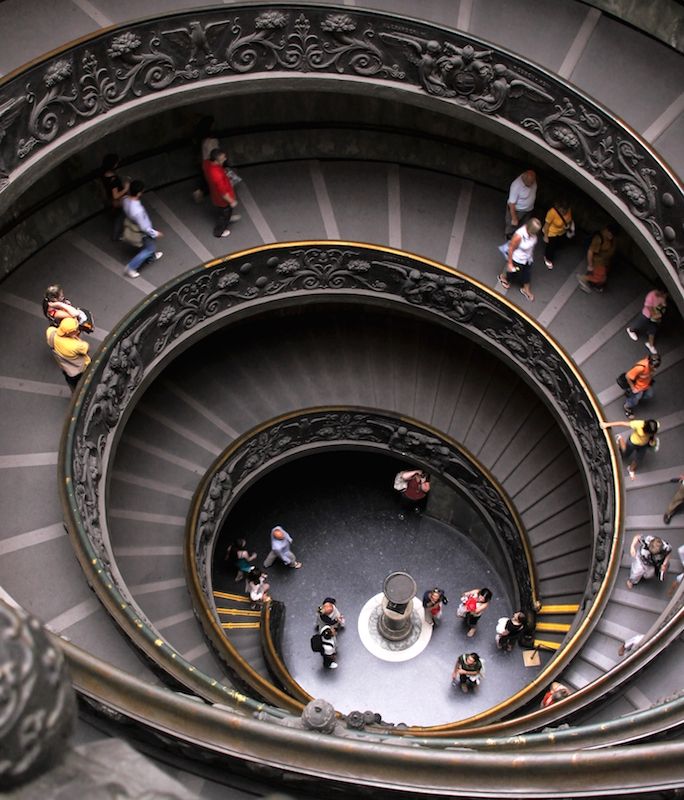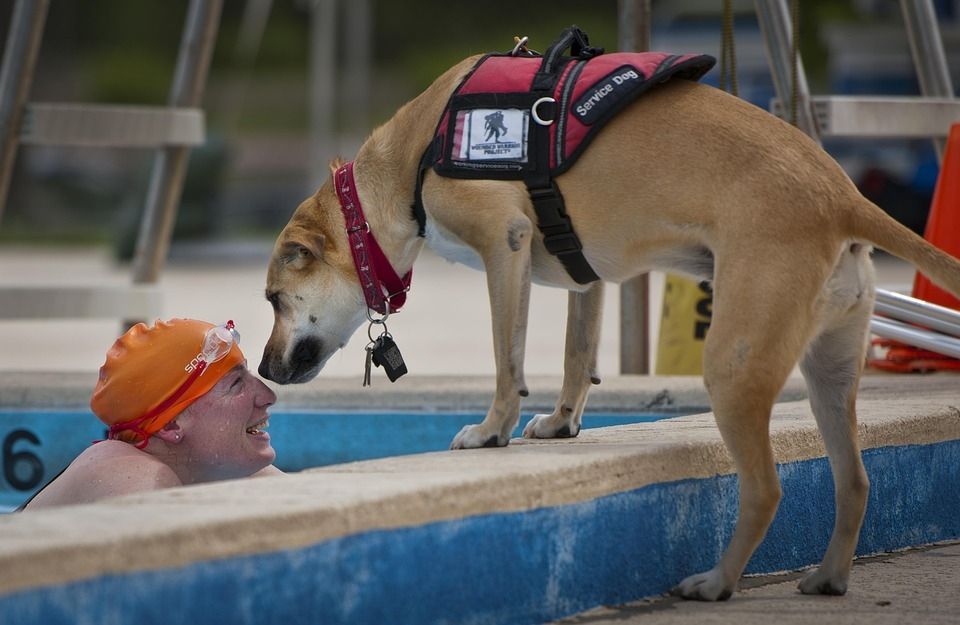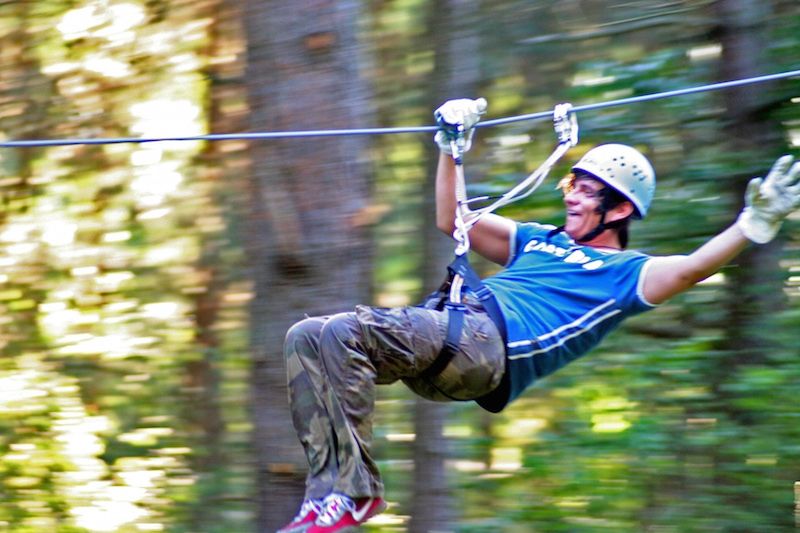Disabilities and planes: how to fly without barriers
Travelling can seem extremely complicated for people with disabilities or mobility problems, especially when using means of public transport. Thanks to the European Guidelines and Regulations designed to ensure that the rights of all passengers are respected, planes are perhaps some of the most accessible means of transport.
In fact, airlines offer flights that are safe and comfortable for all passengers by researching special solutions and services for people with permanent and temporary disabilities.
Accessibility at the airport
Certain Italian airports, such as Rome Fiumicino, Turin and Milan Malpensa, feature “Sale Amiche” (Friendly Rooms), where people with disabilities can obtain information and assistance. In addition to televisions, nurseries, and children’s toys, these rooms also contain telephones for the deaf, lavatories free of architectural barriers, newspapers and magazines in Braille, and special armchairs for people with disabilities. People with disabilities and their assistants can contact the check-in desks at all Italian airports for any information or necessity.
Safe gates
Airlines cannot deny boarding for reasons associated with disabilities or mobility problems.
Passengers with disabilities also have the right to check or carry on two mobility devices free of charge.
A wheelchair is available on board to facilitate the movements of disabled passengers, and aisle seats with folding armrests are reserved for people with disabilities.
In many cases, guide dogs are even permitted in the cabin, provided that they are muzzled and on a leash, otherwise they can travel in a special kennel in the baggage compartment.
Know before you go
In order to avoid unpleasant mishaps at the airport, it is recommended to ask the airline beforehand about the procedures and time frames necessary for the various communications and requests. According to the European guidelines, a passenger is required to notify the airline of any special requirements he/she may have at least 48 hours prior to departure, so that the airline can arrange the necessary assistance.
Be sure to carefully read your selected airline’s terms and conditions, as this will allow you to enjoy your air travel experience in complete comfort and with the utmost peace of mind, without any problems or inconveniences.
